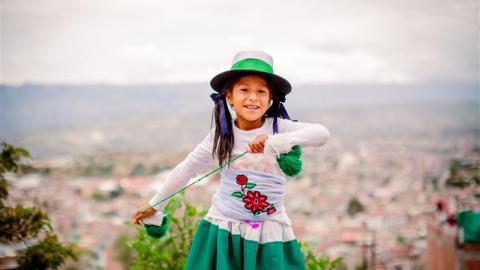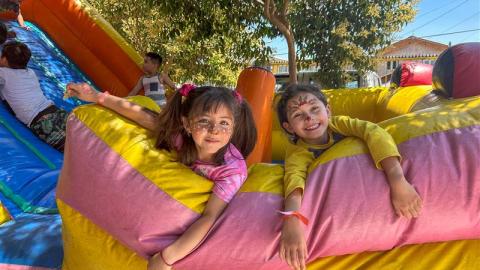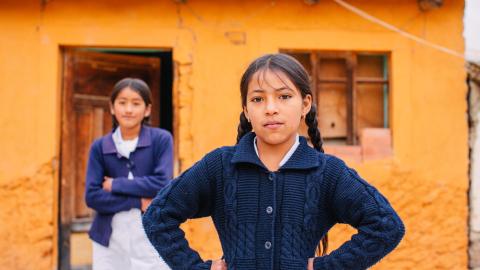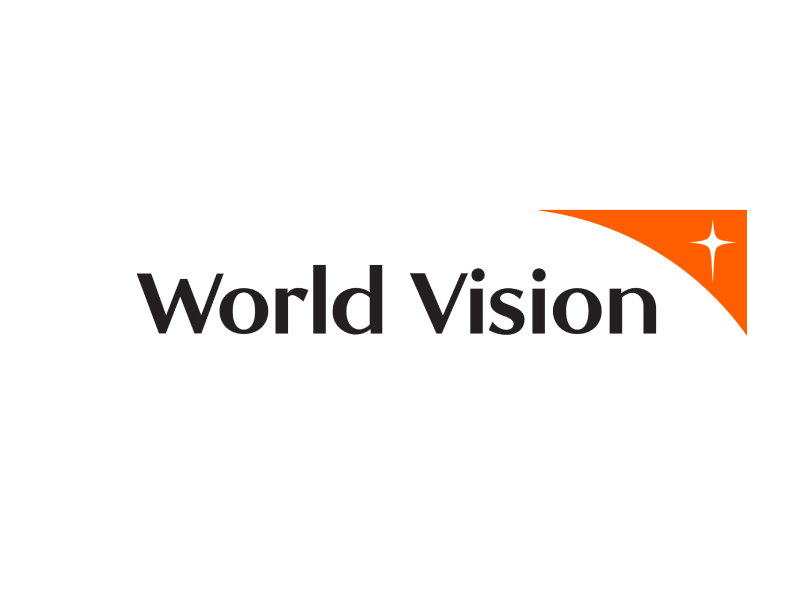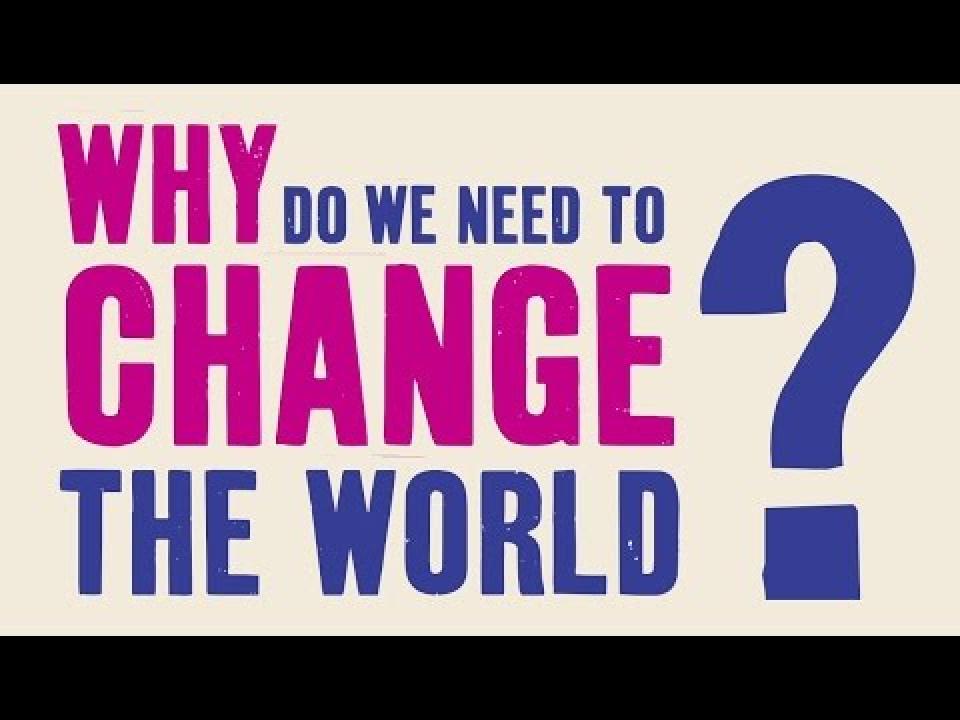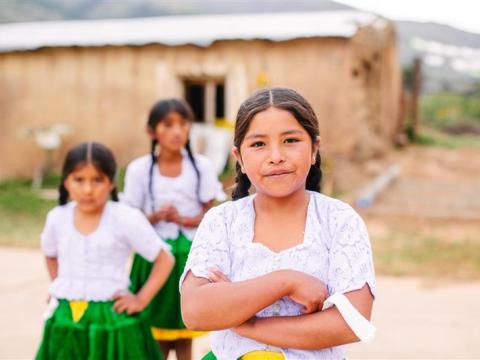
Girls' -and Women's- in Science Day
Cristina Carvallo shares with us the importance of working so that girls can break down barriers and fulfill themselves.
February 11, 2025
As a consequence of the gender socialization we receive from birth, men and women “learn” that there is a gender order that is expressed in differentiated roles that each one is expected to fulfill throughout life. Thus, boys and girls receive different stimulation and opportunities for access to education that translate into the interests and vocational preferences that young people will have at the time of defining their life projects. The expectations associated with the role, shape the scenario in which we develop and girls and adolescents will face cultural barriers based on gender stereotypes, which mark the trajectory of each one and translate into inequality.
The persistence of gender stereotypes and beliefs about the specific skills that are culturally associated with “innate feminine” conditions associated with the social sciences, humanities and communications, affects the way in which families, schools, and children perceive the skills and competencies of girls -and boys- influencing their academic performance and future choices, limiting the possibilities for their development. Thus, boys are more oriented towards science and mathematics and girls and young women towards social sciences, arts and humanities, being underrepresented in science, technology, engineering and mathematics (STEM disciplines). https://lac.unwomen.org/es/stories/noticia/2022/02/necesitamos-mas-mujeres-en-carreras-stem
Internationally, according to figures from a UNESCO study, only 35% of students enrolling in STEM-related careers in higher education are women, and differences have been noted in these disciplines. Only 3% of female students in higher education choose to pursue studies in the field of information and communication technologies (ICT). These gender disparities are all the more alarming given that STEM-related careers are generally considered to be the jobs of the future, the driving force for innovation, social welfare, inclusive growth and sustainable development. (UNESCO, 2019; https://es.unesco.org/themes/educacion-igualdad-genero/stem)
In a similar vein, 29.3% of the world's research scientists are women. In addition, only 3% of Nobel prizes in science have been awarded to women (UNESCO, 2020). In the case of the countries that make up the Andean Bloc + Chile, various initiatives are being implemented that seek to contribute to the increase of women in STEM disciplines, in such a framework, Bolivia has a female enrollment that reaches 33% in careers related to “hard” sciences; in Peru 38% of university degrees in STEM careers were awarded to women during 2021 (OECD); in the case of Ecuador, just over 2,000 women study a career linked to technology (INEC). Finally, in Chile during the 2024 university admission process, the percentage of women who were selected for a career in this area reached 30.2%. https://www.mineduc.cl/educacion-superior-ingreso-de-mujeres-a-carreras-stem-aumenta-168/
What can be done?
Implementing actions that seek to identify inequalities in order to address them is an excellent initiative that will allow more and more women to join masculinized spaces such as STEM, but so is generating changes in the socialization process experienced by boys and girls, therefore, implementing strategies that seek to question sexist stereotypes is fundamental to generate changes in the gender order:
Include equal opportunities for women and men in the Educational Communities project, in the curricular programs and in the assignment of responsibilities and spaces.
Conduct periodic training for teachers on coeducation and strategies to promote gender equality education.
Select school materials, textbooks, pedagogical resources and non-sexist educational projects, as well as work on content that promotes the values of equality, such as songs, books, references and models that contribute to offering a new vision that is more in line with gender equality.
Stipulate that teachers avoid treating boys and girls differently in class according to their gender and encourage them to participate equally in classroom tasks and share responsibilities in the same way.
Encourage neutral, cooperative and shared games and toys in and out of class. It would be necessary to establish, as a center policy, that the playgrounds be co-educational, that is, that they have three well-differentiated spaces: an area for quiet play, another for movement and psychomotor skills, and another for experimentation with nature.
Promote the creation of robotics, artificial intelligence and programming clubs, creating spaces for girls and adolescents so that they become interested in this type of subjects and can be guided and accompanied and achieve development in these areas.
Collaborate with families and train them to provide them with guidelines and criteria to practice at home to avoid sexist stereotypes.
In the case of World Vision Chile, we have established links with companies in the area, in which framework they have developed talks and tutorials in order to motivate girls and adolescents to become interested in STEM disciplines and begin to visualize it as a vocational option to which they can aspire.
However, beyond this action, as an Andean Block, we are interested in establishing alliances that allow us to implement initiatives that contribute to help girls and adolescents, especially those in vulnerable situations, to overcome existing barriers and achieve the potential they possess, preparing them to contribute to the world of the present and the future.
As World Vision our purpose is to contribute to gender equality, social inclusion and empowerment of girls and women; addressing the causes of discrimination and violence (SDG 5), and of course on a day like today, International Day of Women and Girls in Science, we want to salute and motivate girls and adolescents to be part of the change and take the lead in building a more just, inclusive and sustainable society for all.
By Cristina Carvallo, World Vision Latin America and the Caribbean, Gender & Inclusion Specialist for Andean countries & Chile.
